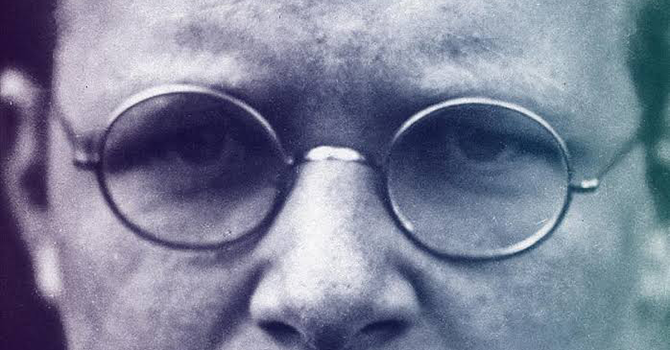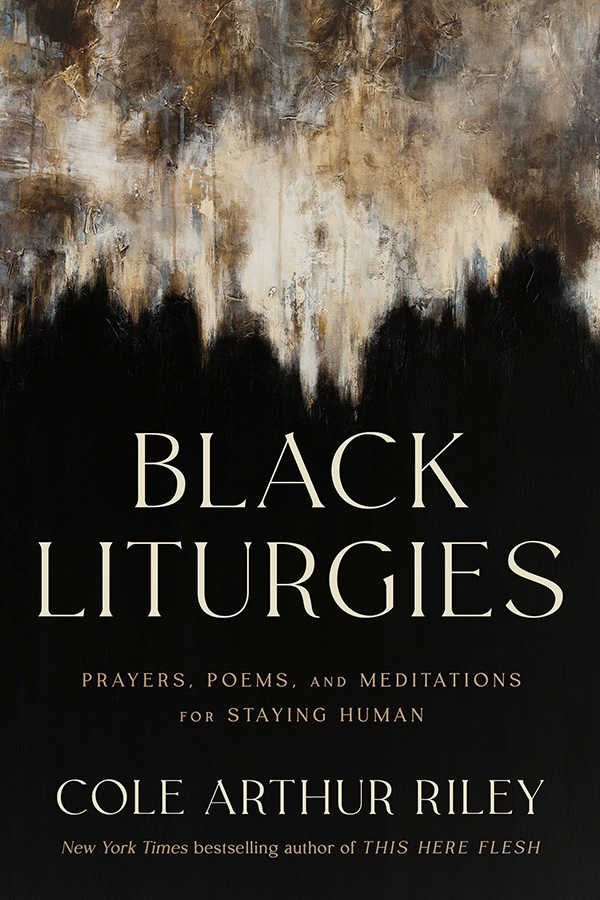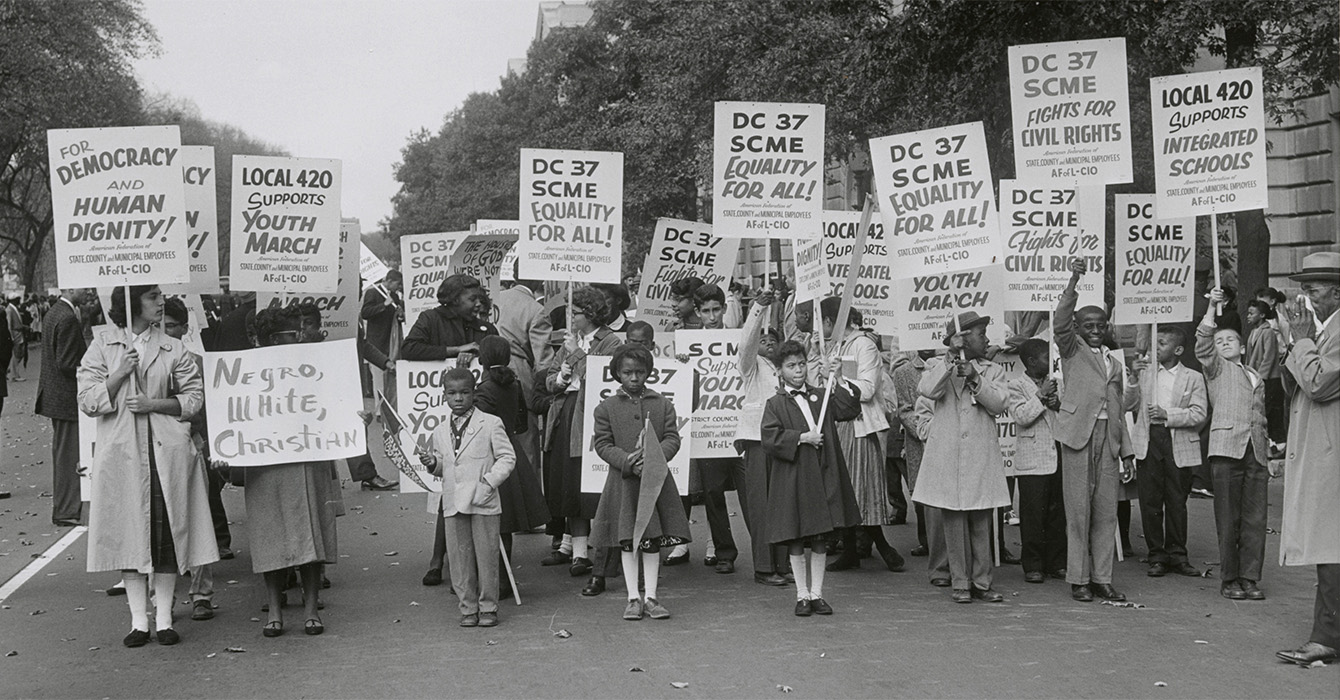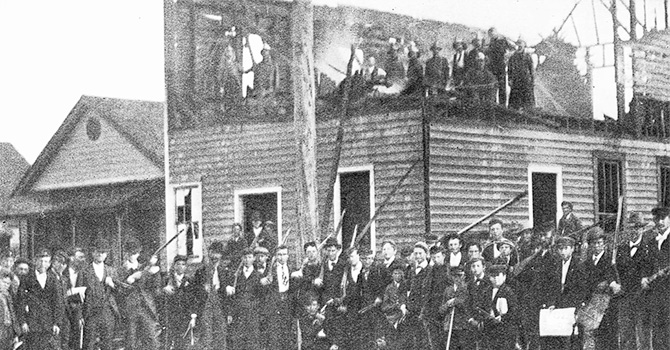The season of Easter carries many associations for American churchgoers: palm processions, egg hunts, triumphant hymns. Half a century ago, another tradition came to be associated with Easter, particularly in the South: visits to white churches by African-Americans.
Sometimes they came alone; sometimes they were accompanied by white fellow travelers. The visits were unannounced and often dramatic. They were intended to test white churches’ tolerance for racial integration and to gauge where congregations stood on what many viewed as the great moral issue of the day.
For reasons that are not clear, kneel-ins are an underappreciated aspect of the civil rights movement. But they need to be remembered and re-examined. They took place by the hundreds, at churches in large cities and small towns across the South, and half a century later they continue to reverberate through the congregations and communities that witnessed them.
The church “testings” began in August 1960 and continued through the spring of 1965. In dozens of cities and towns -- from Savannah to New Orleans, Alexandria to Houston, St. Augustine to Memphis -- visitors, usually in groups of two to six, targeted prominent churches of the major denominations.
Within a few days of the initial visits in Atlanta, the local media coined the term “kneel-in” to describe these events. The term stuck, not because kneeling was a regular feature of the visits (which it wasn’t), but because attempts to break the ecclesiastical color line were viewed as part of a larger campaign of “sit-ins,” “sleep-ins” and “wade-ins” that was sweeping the South at the time.
Reactions to these surprise church visits varied. In some cases, the African-Americans who presented themselves for worship were warmly embraced by ushers, introduced to pastors and invited to stay for coffee. Parishioners shared hymnbooks and communion rails as they went out of their way to make the visitors feel welcome. These church visits became “spectacles of embrace” that dramatized the breaking down of racial walls in the body of Christ.
In other cases, church members demonstrated little desire to welcome visitors of color but did not exclude them. Wary ushers swallowed hard and reluctantly seated black visitors and their white compatriots. Parishioners temporarily made room for worshippers they hoped would never return. They seemed to understand that as long as they tolerated black visitors, their church had passed the moral test and would not be bothered in the future.
Predictably, however, many of the African-Americans who arrived at the doors of white churches were rebuffed. Their paths to entrances were blocked or they were dragged out of seats they had taken unnoticed and escorted away from church property by security guards. Some were even arrested and carted off to jail.
The first kneel-in wave hit Memphis in August 1960, a week after the first church testings in Atlanta. It met with a range of reactions. The visitors were welcomed without fanfare at two Catholic churches, seated in a roped-off section of the sanctuary at First Church of Christ, Scientist, offered taxis to a “Negro Presbyterian Church” by ushers at Idlewild Presbyterian and arrested outside Bellevue Baptist.
Two weeks later, the students who had undertaken these visits decided to attend an outdoor youth rally sponsored by the First Assembly of God. Since a newspaper announcement emphasized that “all” were welcome at the rally, the students decided to learn whether this included blacks. It did not. After ushers failed to deter them, the students dispersed and took seats among the hundreds of white young people who were present.
Twelve of the black students were arrested, charged with felonious disturbance of a religious assembly, convicted, and given fines and prison sentences. After failed appeals on the students’ behalf before the supreme courts of Tennessee and the United States, in 1965 the students’ sentences were finally commuted by the governor.
A second wave of kneel-ins hit Memphis in the spring of 1964, when racially mixed groups from the intercollegiate chapter of the local NAACP launched a church visitation campaign. Most congregations tolerated the visits by small, racially mixed groups. But leaders at Second Presbyterian Church decided they would not allow student “demonstrators” to disrupt their worship. Eight consecutive weeks of kneel-ins ensued, followed by months of denominational pressure and congregational intrigue.
In early 1965, after the kneel-ins resumed and the church’s pastoral staff publicly criticized Second Presbyterian’s session, or church board, the church reluctantly admitted black worshippers after voting to limit the power of elders who were racial hard-liners. These men and their families responded by departing to found their own church -- Independent Presbyterian -- and adopting a segregation policy based on the conviction that “the scriptures teach that the separation of nations, peoples and groups will preserve the peace, purity and unity of the Church.”
These three Memphis churches, with distinct experiences of kneel-ins in the 1960s, have taken distinct paths in dealing with their complicated histories. When representatives of First Assembly of God were invited in 2010 to commemorate the 50th anniversary of the youth rally kneel-in by meeting with the African-Americans (now in their 60s and 70s) who had been arrested, they declined.
At Second Presbyterian, the church’s response to its exclusion of black worshippers in 1964 has been a slow but honest coming to terms with the past, led by pastors who have made atonement for the sin of racial exclusion a central element of the church’s mission in the city of Memphis. The fruits of this process have included a series of apologies to the African-Americans who were excluded from the church, an impressive commitment to partnering with black churches and addressing urban ills, and the adoption of a “statement of intention” on race relations.
Independent Presbyterian’s response to the past has recently undergone a dramatic transformation -- from denial and obfuscation to truth telling and repentance. After a failed pastorate that revealed that the ghost of racism was still haunting the church, in 2009 a new generation of church leaders decided it was time to unflinchingly address the past and enter a season of “prayer and corporate repentance.”
In this range of reactions to traumatic congregational disruptions during the civil rights movement, Memphis is probably typical. It is not clear how, if at all, churches in other locales have tried to come to terms with similarly difficult histories. This research remains to be done. It may or may not be taken up by scholars -- but Christian integrity demands that it become the work of church leaders.







